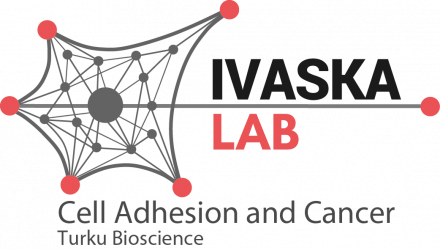SHANK proteins limit integrin activation by directly interacting with Rap1 and R-Ras by Johanna Lilja et al.
Nat Cell Biol. 2017 Apr;19(4):292-305. doi: 10.1038/ncb3487. Epub 2017 Mar 6.
ABSTRACT
SHANK3, a synaptic scaffold protein and actin regulator, is widely expressed outside of the central nervous system with predominantly unknown function. Solving the structure of the SHANK3 N-terminal region revealed that the SPN domain is an unexpected Ras-association domain with high affinity for GTP-bound Ras and Rap G-proteins. The role of Rap1 in integrin activation is well established but the mechanisms to antagonize it remain largely unknown. Here, we show that SHANK1 and SHANK3 act as integrin activation inhibitors by sequestering active Rap1 and R-Ras via the SPN domain and thus limiting their bioavailability at the plasma membrane. Consistently, SHANK3 silencing triggers increased plasma membrane Rap1 activity, cell spreading, migration and invasion. Autism-related mutations within the SHANK3 SPN domain (R12C and L68P) disrupt G-protein interaction and fail to counteract integrin activation along the Rap1-RIAM-talin axis in cancer cells and neurons. Altogether, we establish SHANKs as critical regulators of G-protein signalling and integrin-dependent processes.
PMID:28263956 | PMC:PMC5386136 | DOI:10.1038/ncb3487
